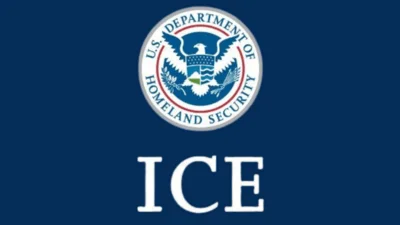WASHINGTON, Aug. 1, 2019- The U.S. Department of Agriculture’s Animal and Plant Health Inspection Service (APHIS) will begin its annual distribution of RABORAL V-RG®, an oral rabies vaccine (ORV) bait, in select areas in the eastern United States to prevent the spread of raccoon rabies into America’s heartland. APHIS’ Wildlife Services (WS) and its cooperators will begin distributing ORV baits on or about August 2 across rural areas by airplanes and in suburban or urban areas by helicopters, vehicles and bait stations. ORV baits are coated with a fishmeal attractant and are packaged in two-inch plastic sachets or one-inch square cubes. To see photos of the vaccination baits, please visit www.flickr.com/photos/usdagov/sets/72157623983143606. WS and cooperators will distribute ORV baits in select areas and time periods as follows:
The RABORAL V-RG® vaccine has been deemed safe in more than 60 different species of animals, including domestic dogs and cats. Humans and pets cannot get rabies from contact with the baits, but should leave them undisturbed if they are encountered. Dogs that consume large numbers of baits may experience an upset stomach, but there are no long-term health risks. If adults or children come in contact with baits, immediately rinse the contact area with warm water and soap. Rabies is caused by a virus that infects the central nervous system in mammals. Signs suggestive of rabies include unusual aggressive or calm and “friendly" behavior, an inability to eat or drink, balance problems, circling, seizures, coma and finally death. While rabies is almost always fatal once symptoms appear, it also is 100% preventable. Human exposures can be successfully remedied if medical attention is sought immediately after exposure. Over the past 30 years, rabies management has grown in complexity in the United States, as wild animals, including raccoons, skunks, foxes, coyotes and bats, have replaced the domestic dog as the primary reservoir for the disease. The WS National Rabies Management Program was established in 1997 to prevent the further spread of wildlife rabies in the United States. Through the program, WS works with local, state and federal governments, universities and other partners to address this public health challenge by distributing oral rabies vaccination baits in targeted areas. Through the efforts of APHIS and partners across the United States, the program has achieved three significant accomplishments - the elimination of canine rabies; the near-elimination of gray fox rabies in Texas; and stopping the spread of raccoon rabies from the Eastern United States into new areas. For additional information concerning rabies or the ORV program, please visit www.aphis.usda.gov/wildlife-damage/rabies or contact WS toll free at 1-866-4USDAWS (1-866-487-3297).
Source: U.S. Department of Agriculture Animal and Plant Health Inspection Service








